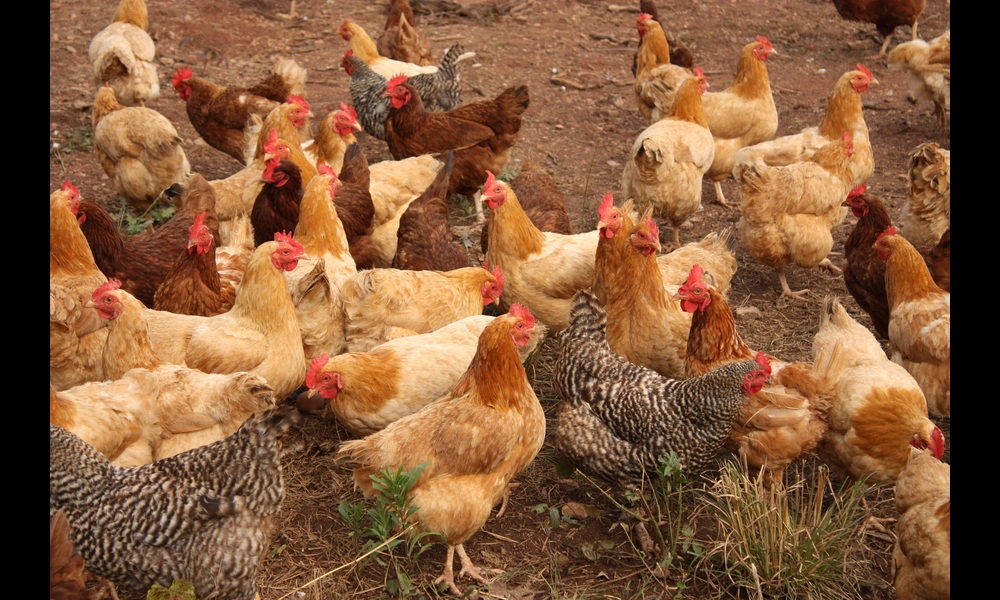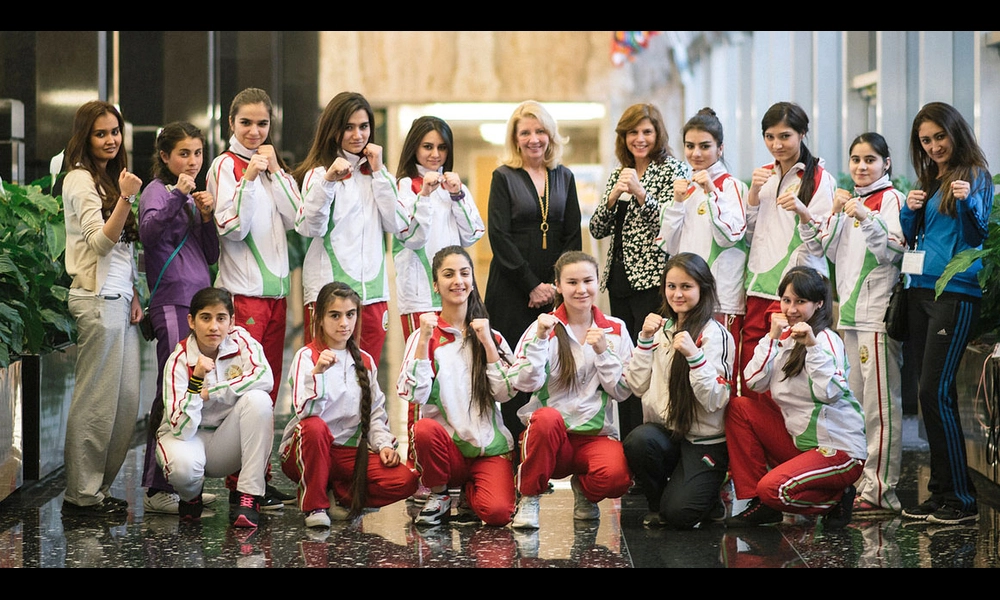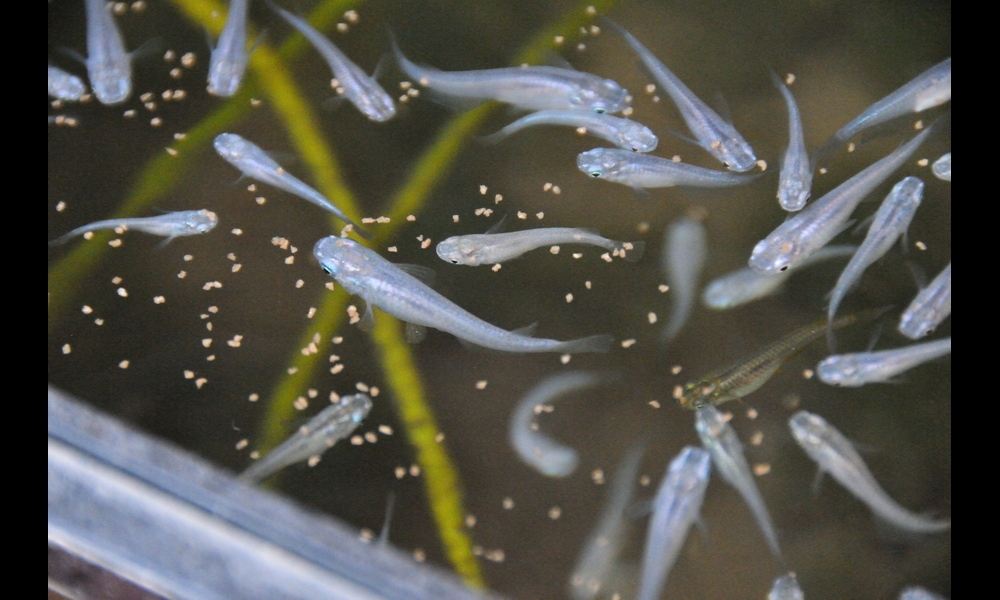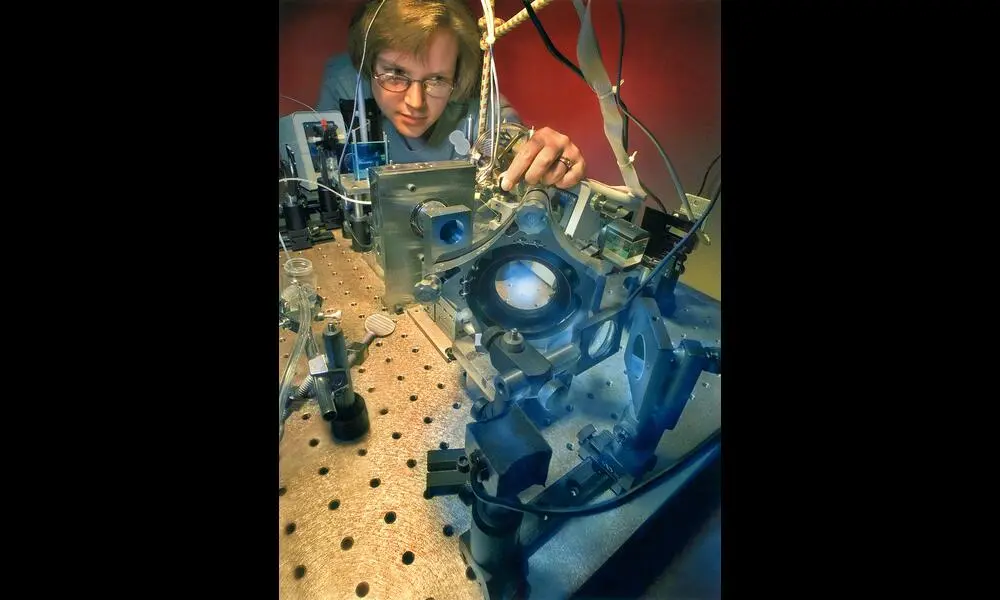Galliformespectra: New Dataset With Over 1000 Pictures of Chickens
Published on Wed Nov 01 2023 Flock of Free-range Chickens on Small Farm | Alabama Extension on Flickr
Flock of Free-range Chickens on Small Farm | Alabama Extension on FlickrResearchers have compiled a comprehensive dataset showcasing ten distinct hen breeds in a bid to contribute to various fields, including poultry science, genetics, and agricultural studies. The "GalliformeSpectra: A Hen Breed Dataset" offers a rich resource for researchers, enabling the exploration and analysis of unique characteristics and genetic traits across different hen breeds. With a total of 1010 original images, the dataset captures the physical attributes, feather patterns, and distinctive features of each breed. This valuable resource holds significant potential for the development of machine learning models, aiding in animal classification and recognition.
The dataset encompasses a diverse range of globally bred poultry, including Bielefeld, Blackorpington, Brahma, Buckeye, Fayoumi, Leghorn, Newhampshire, Plymouthrock, Sussex, and Turken breeds. By providing a foundation for research in poultry breeding, farming, and genetic studies, it supports advancements in these fields. Agricultural researchers and poultry scientists can leverage this dataset to advance the understanding of genetic traits, physical characteristics, and behavioral patterns specific to each hen breed. It aids in the identification and differentiation of various poultry types, contributing significantly to studies in animal husbandry, breeding, and genetics.
Farmers and veterinarians can also benefit from this dataset, using it to improve disease diagnosis and implement effective breeding programs. The dataset's applicability extends to farm management and disease detection within the poultry industry. By understanding the distinct traits and susceptibilities of each breed, farmers and veterinarians can optimize flock management strategies. Additionally, in the realm of computer vision and image recognition, the dataset acts as a valuable resource for streamlining tasks in poultry farming, such as sorting, breeding, and monitoring.
The dataset's diversity of hen breeds enables the development of sophisticated classification models, aiding farmers in making informed decisions regarding breed selection, resource allocation, and breeding practices. It presents an opportunity to create predictive models that optimize breeding programs and enhance overall productivity within the poultry sector. Moreover, researchers and scientists in the fields of animal science, genetics, and agriculture can utilize this dataset to explore and understand the unique characteristics, genetic variations, and behavioral attributes of diverse hen breeds. It offers a platform for further studies and innovations in poultry research and management.
The potentially useful dataset can be accessed through Mendeley Data and Science Data Bank, stored in three separate zip files. By providing extensive visual references and representations of each hen breed, the dataset offers a valuable resource for deep learning models and advancements in breed recognition applications. With a systematic methodology that ensured a comprehensive representation of the dataset, the research team compiled a diverse collection of images for each of the ten hen breeds, showcasing various characteristics and stages of development.
In conclusion, this comprehensive hen breed dataset serves as a foundational resource for machine learning models, advancements in poultry research, and applications in genetics and agricultural studies. With its wide-ranging benefits for farmers, veterinarians, and researchers, the dataset presents a valuable tool for the development of innovative solutions in the poultry industry.



